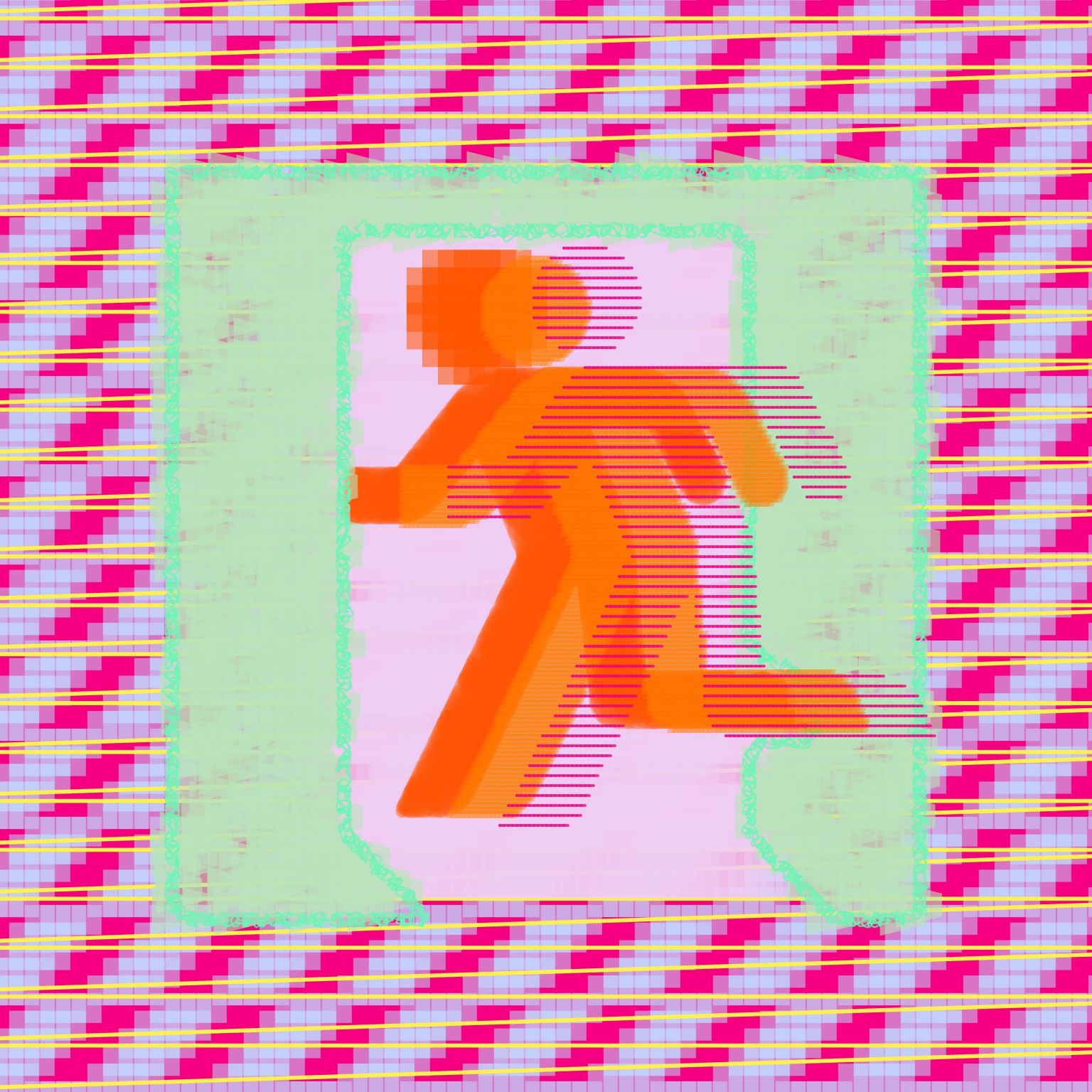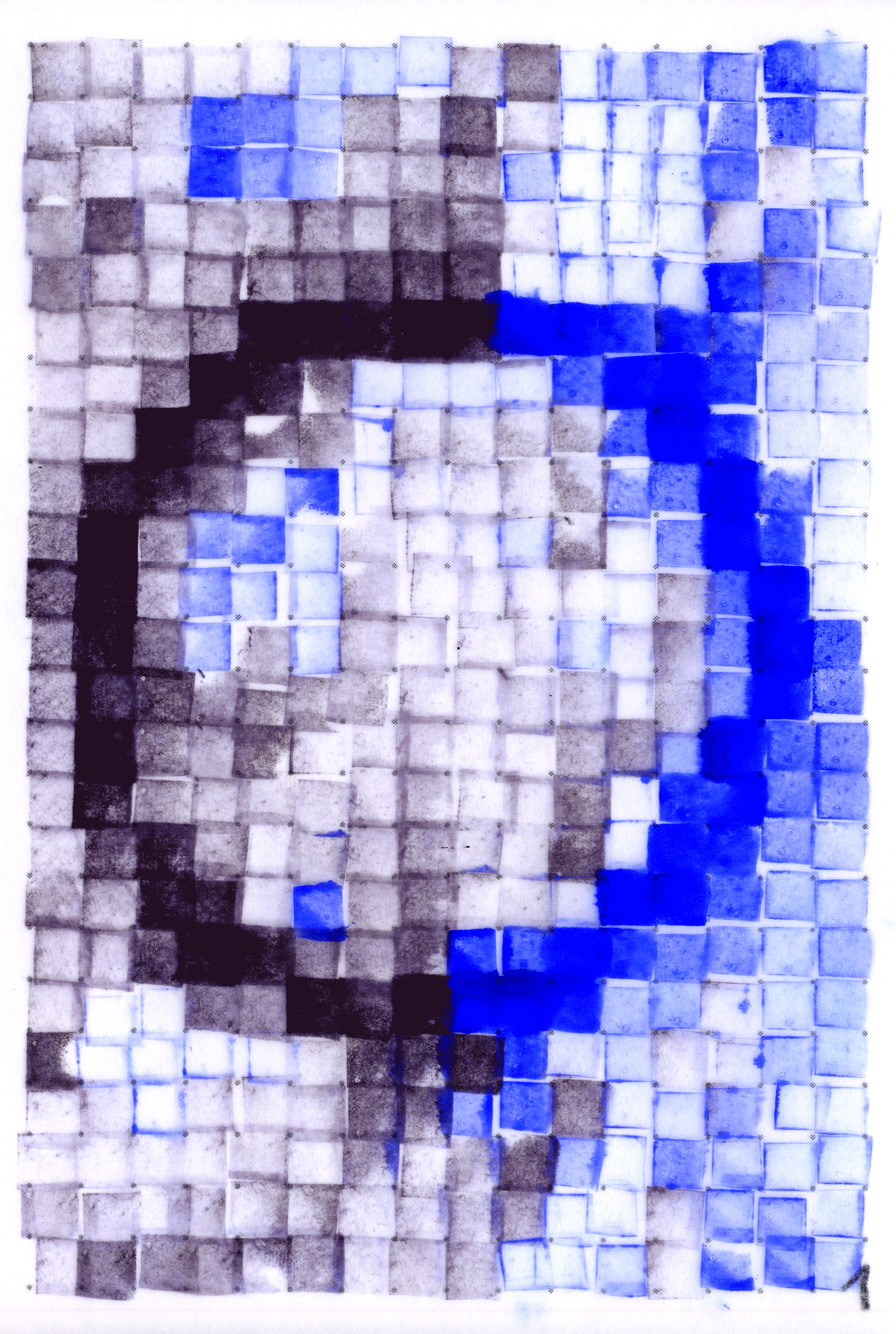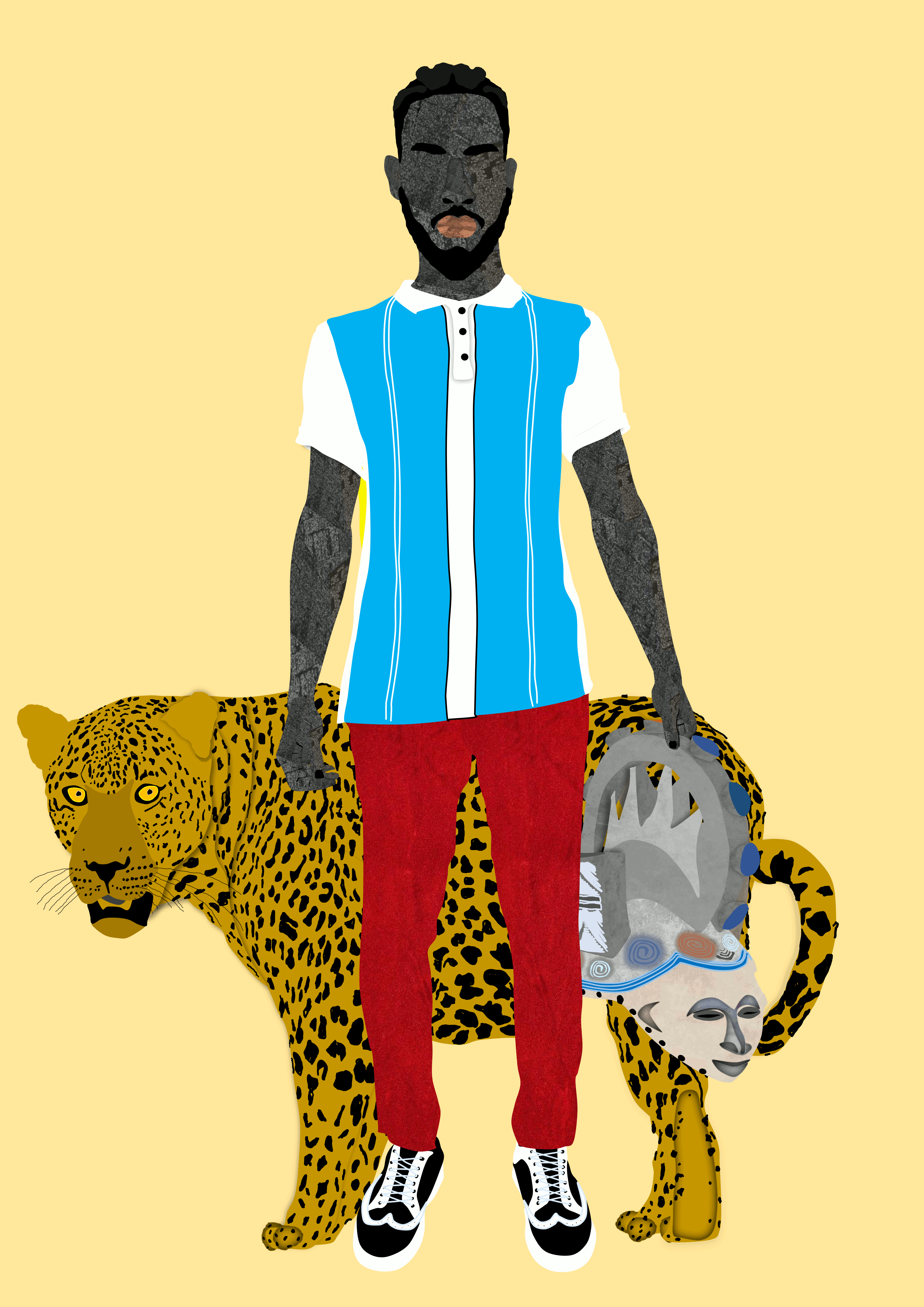SuperRare Labs Senior Curator An interviews ALIENQUEEN about psychedelics, death, and her journey in the NFT space.

Introducing Matt Kane’s The Door: The first SuperRare Series
Above: “data privacy” by stockcatalog licensed under CC BY-SA 2.0
I remember the first thing CEO John Crain told me about SuperRare:
“It’s basically just a smart contract on the Ethereum blockchain. That’s it. That’s the business.”
In effect, it was true. Since its inception in 2018, over 30,000 artworks have been minted on SuperRare through the rules of a single, 692 line contract written by our team (since twice revised).
SuperRare Primary Network, 1/1 data map visualization by @barabasilab
This week, all of that changes as we release Series.
“With Series, artists can deploy their own custom smart contracts on SuperRare,” said Jonathan Perkins, SuperRare Labs CPO. “We’re giving artists the ability to release unique collections of work that are uniquely named and numbered.”
Artists will now have the option to mint artworks under the shared SuperRare minting contract or under their own brand.
“This gives artists more independence, more individuality, more sovereignty,” Perkins said, “different ways to package their work and more surface area to experiment with.”
Fittingly, the first SuperRare Series – deployed last night and already featuring five artworks under auction – is ‘The Door’, a project from the mind of renowned artist Matt Kane that reflects on his journey as an artist. It is a journey bound to SuperRare, to the door we walked through in deploying our first contract in 2018 and the door Kane opened in joining as an artist.
Walking through The Door
Technically Matt Kane began working on The Door series in June of 2021, but the project has its origins in a door he walked through in 2013.
“I had just left Seattle after living there for seven years,” he said. “A long term relationship I’d been in had broken up, which led me to also end things with my web development clients.”
The plan had been to travel slowly through Canada back to Chicago, visiting a close friend on the way before having a “final go”, as he called it, at being a full time artist. A week before his arrival, his friend took her own life.
“I kept wishing I’d left a week sooner or made one more phone call,” he said. “The regret, self-loathing, and grief that loss survivors feel is very real and heavy.”

Door LIII, @mattkane, The Doors series
Unable to paint amid the darkness, Kane fell back on developing the unique software that has come to define his practice. Through custom algorithms and traditional painting techniques, Kane manifests ideas into artworks that feel rooted deeper in human emotion than in 1s and 0s. His paintings are a melding of order, chaos, geometric shapes and delicate color palettes, like a sort of boolean poetry made by a transhuman impressionist.
And yet, in 2014, there wasn’t really a market for it.
“My work is peculiar in that it didn’t really fit into the generative art community. And it didn’t really fit into the painting community,” Kane said. “My work is a bit of a hybrid and so finding an audience, especially within the old social media paradigm, was challenging.”
By the middle of 2017, when the original SuperRare contract was still just an unfinished file on a laptop, he all but ran out of money.
“Then along came CryptoArt,” he said. “I felt embraced by the community, it was like a warm hug. And I increasingly wanted to squeeze back.”
On May 6th of 2019, he minted his first artwork on SuperRare and made the decision to speak at a technology conference.

M87 Black Hole Deconstruction #6, @mattkane‘s first NFT on SuperRare
“Between 2014 and 2019, I had barely talked to anybody,” he said. “I was kinda shut down in my life. I had to consciously make the decision: I’m going to bring myself back around people. I’m going to walk through that door.”
What followed was the CryptoArt explosion. Suddenly Kane found himself helping build a market and lead a community. He was speaking on Twitter, at conferences, and on podcasts. He was entertaining collectors, signing contracts with famed auction houses and fielding requests from young artists. Sure, he was finally making money, but as the gears moved faster and faster, the chatter kicked up like dust into a din so dense he feared he could no longer see or hear his creative spirit.
“It became too much,” he said. “The NFT market had become all encompassing. The volume of emails and DMs had made providing some level of human response to each request impossible. The CryptoArt community I had joined was about reaching out – and it had gotten to where I saw more grabby hands than reaching hands.”
Kane was growing close to a breaking point. Something needed to change. That’s when he found The Door.
“The series started with me looking at ‘Exit’ signs, because I felt this great need to exit different facets of my life,” he said.

EXIT 4, @mattkane, The Doors series
“My focus had been on the crypto art market, not on programming,” he said. “And if I’m talking with collectors and artists, and having to pay attention to what is going on on Twitter, I’m not focused on my art.”
Such began the journey. Kane started by looking first at Yukio Ota’s famous running man Exit sign and playing with the symbol.

Yukio Ota’s ISO Standard exit sign
“I consciously wanted to work with some sort of structure that was more formal, that was more minimal, to constrain me,” he said.




These constraints allowed Kane to focus on experimenting with new color palettes coupled to complex, deep geometric patterns, wrapping their way up and around the chosen templates.
Soon Kane realized he was more interested with the door itself than of exiting it. Perhaps this project wasn’t just about escaping the world in which he’d found himself, but also about reflecting on the paths he’d taken to get to this point.
“After a while the door stopped being about an exit and it became about an entrance,” he said. “It became about the choices I’ve made to get to my present circumstance: I had to cross through all of these doors.”
The artworks themselves, though all constrained by symbols, vary widely in the emotions they convey, in the experiences they represent.




Top left to right: Door XXXVIII, Door XXXIX, Door XLIII and Door LV
Kane traced the journey he’d taken as an artist from Seattle to Chicago and into the Metaverse. Soon, his focus began shifting again, toward the future, to the doors ahead.
“The process of this work is a door in of itself,” he said. It has led him to a new project, birthed from The Door, a project he hopes might be “the masterpiece”.
And therein lies the opportunity provided by Series as a new medium: Its ability to capture all the beauty in an artist’s journey as a whole, like listening to a vinyl record or cassette tape used to be. It’s not just the radio hits but also the deep cuts where the artist experiments, allows themselves to be vulnerable and fills the project with soul.
Honest, raw, beautiful, alive: These are words I’d use to describe The Door, and the paths down which Series will take us.
Tech



Out of the Vault and onto the Chain: the Evolving Nature of Provenance
SuperRare editor Oli Scialdone considers the social experience of provenance and its relationship with community in the Web3 space.
Curators' Choice





Curated Conversations: ALIENQUEEN
SuperRare Labs Senior Curator An interviews ALIENQUEEN about psychedelics, death, and her journey in the NFT space.













